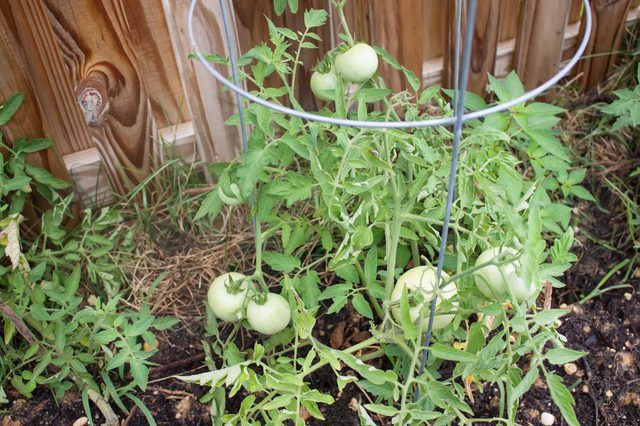Bulbs
Flower Basics
Flower Beds & Specialty Gardens
Flower Garden
Garden Furniture
Garden Gnomes
Garden Seeds
Garden Sheds
Garden Statues
Garden Tools & Supplies
Gardening Basics
Green & Organic
Groundcovers & Vines
Growing Annuals
Growing Basil
Growing Beans
Growing Berries
Growing Blueberries
Growing Cactus
Growing Corn
Growing Cotton
Growing Edibles
Growing Flowers
Growing Garlic
Growing Grapes
Growing Grass
Growing Herbs
Growing Jasmine
Growing Mint
Growing Mushrooms
Orchids
Growing Peanuts
Growing Perennials
Growing Plants
Growing Rosemary
Growing Roses
Growing Strawberries
Growing Sunflowers
Growing Thyme
Growing Tomatoes
Growing Tulips
Growing Vegetables
Herb Basics
Herb Garden
Indoor Growing
Landscaping Basics
Landscaping Patios
Landscaping Plants
Landscaping Shrubs
Landscaping Trees
Landscaping Walks & Pathways
Lawn Basics
Lawn Maintenance
Lawn Mowers
Lawn Ornaments
Lawn Planting
Lawn Tools
Outdoor Growing
Overall Landscape Planning
Pests, Weeds & Problems
Plant Basics
Rock Garden
Rose Garden
Shrubs
Soil
Specialty Gardens
Trees
Vegetable Garden
Yard Maintenance
How to Grow Tomatoes
How to Grow Tomatoes. No matter what space limitations you have in your garden, you can squeeze in a tomato plant (Lycopersicon esculentum). Standard plants can be staked vertically and still **yield 10 to 15 pounds of fruit** each. A number of tomato plants are available that produce red, yellow, green and even purple fruit. Different types of...
No matter what space limitations you have in your garden, you can squeeze in a tomato plant (Lycopersicon esculentum). Standard plants can be staked vertically and still yield 10 to 15 pounds of fruit each. A number of tomato plants are available that produce red, yellow, green and even purple fruit. Different types of fruit include cherry, roma, grape, heirloom, clustered and beefsteak. This sun-loving annual vegetable can be grown in U.S. Department of Agriculture hardiness zones 2 to 10.
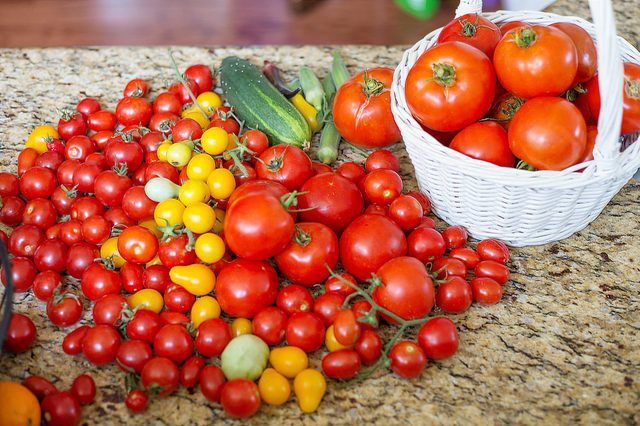
Tomatoes are heavy feeders and require fertile soil with a pH level between 5.5 and 7.5. Have your soil tested at a commercial lab, or purchase your own testing tool. Based on test results, amend your soil to achieve the proper pH level.
Next, enrich the soil with organic materials to boost the nutrients and remedy overly sandy or clay conditions. After danger of frost and the ground has warmed, spread 2 to 3 inches of aged manure or compost over the garden soil. Mix or till the ground, incorporating the manure or compost, down to a depth of 12 inches. Wait two weeks before planting.
Use the two-week waiting period to harden off your tomato plants by placing them outside during daylight hours beginning with several hours a day working up to eight hours. When plants are hardened off they begin to show purple veins.
Remove the lowest leaves of the seedling. Tear off only the bottoms of starting peat pots or remove plastic containers completely. Place the peat pot or root ball deep enough in the soil so the remaining leaves are just above the ground. Press the soil down firmly around the plant and soak the ground with about 1 pint of water.
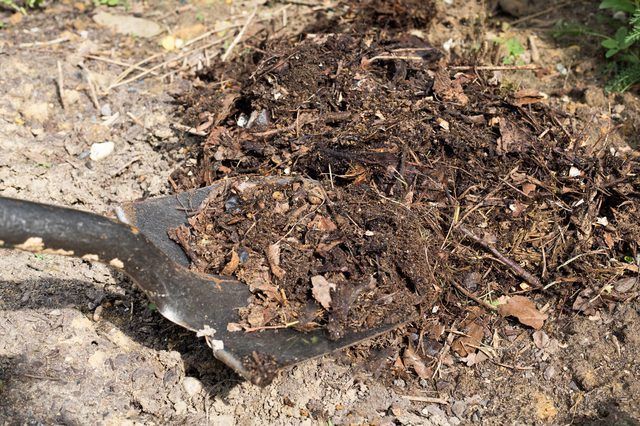
Tomatoes love heat and full sun. They require a long, frost-free growing season.
Select a garden site that offers at least six hours of direct sun. In Southern states, where summer heat is excessive, light afternoon shade may be beneficial. Too much shade will result in weak stems and spindly growth.
Tomatoes grow best with temperatures between 70 to 80 degrees Fahrenheit during the day and 60 to 70 degrees Fahrenheit at night. Do not rush to plant in the spring when temperatures are below these ranges.
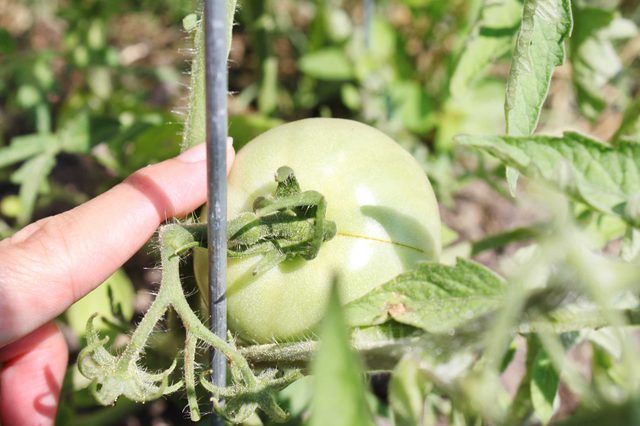
Consistent watering will improve fruit production. Keep new seedlings moist for the first few days after planting. Then begin watering 2 inches per week over the summer. Mulch around each plant after five weeks or place flat rocks next to stems to pull water up from the ground and prevent evaporation.
After the first tomato fruits develop, side-dress plants with a 33-0-0 fertilizer. Apply 2 tablespoons per plant, mixing into the topsoil well while avoiding the foliage. Two weeks after the first ripe fruit is ready, apply another application. Then apply one final application one month later. Always water the plants after each fertilization.
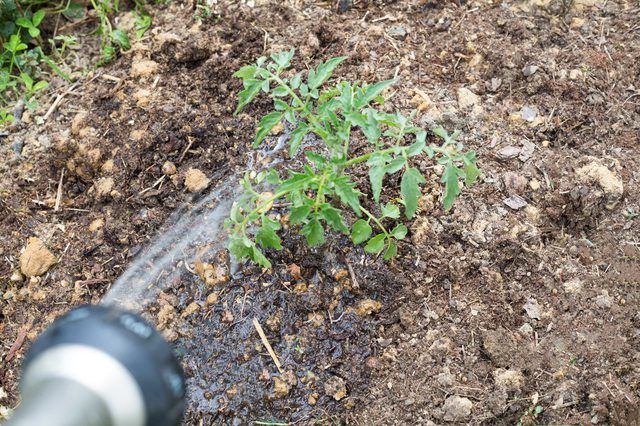
Bushy tomato plants, classified as determinate, do not require staking or caging. But climbing plants, called indeterminate, need support from a cage or stake.
Begin the staking or caging process when stock is planted. A support system will keep fruit from rotting on the ground and help the plant to grow vertically. Prune the small sucker branches, leaving only a couple strong stems per plant.
If staking, use a wooden pole about 6 feet tall and 1 to 2 inches wide. Place the stake 6 inches from the plant and drive it down into the ground 12 inches. Use strips of fabric to loosely tie the stems to the stakes. If caging, place the cage around the plant and use cloth strips, if necessary, to keep stems within the cage.
Remove fruit while still firm and turning pink. The red color does not develop when temperatures are above 86 degrees Fahrenheit, and leaving tomatoes on the vine until fully mature often results in the fruit cracking open. Ripen indoors, as light is not needed for fruit to turn red or mature. Store at 70 degrees Fahrenheit until fully ripened and then store refrigerated for around one week.
